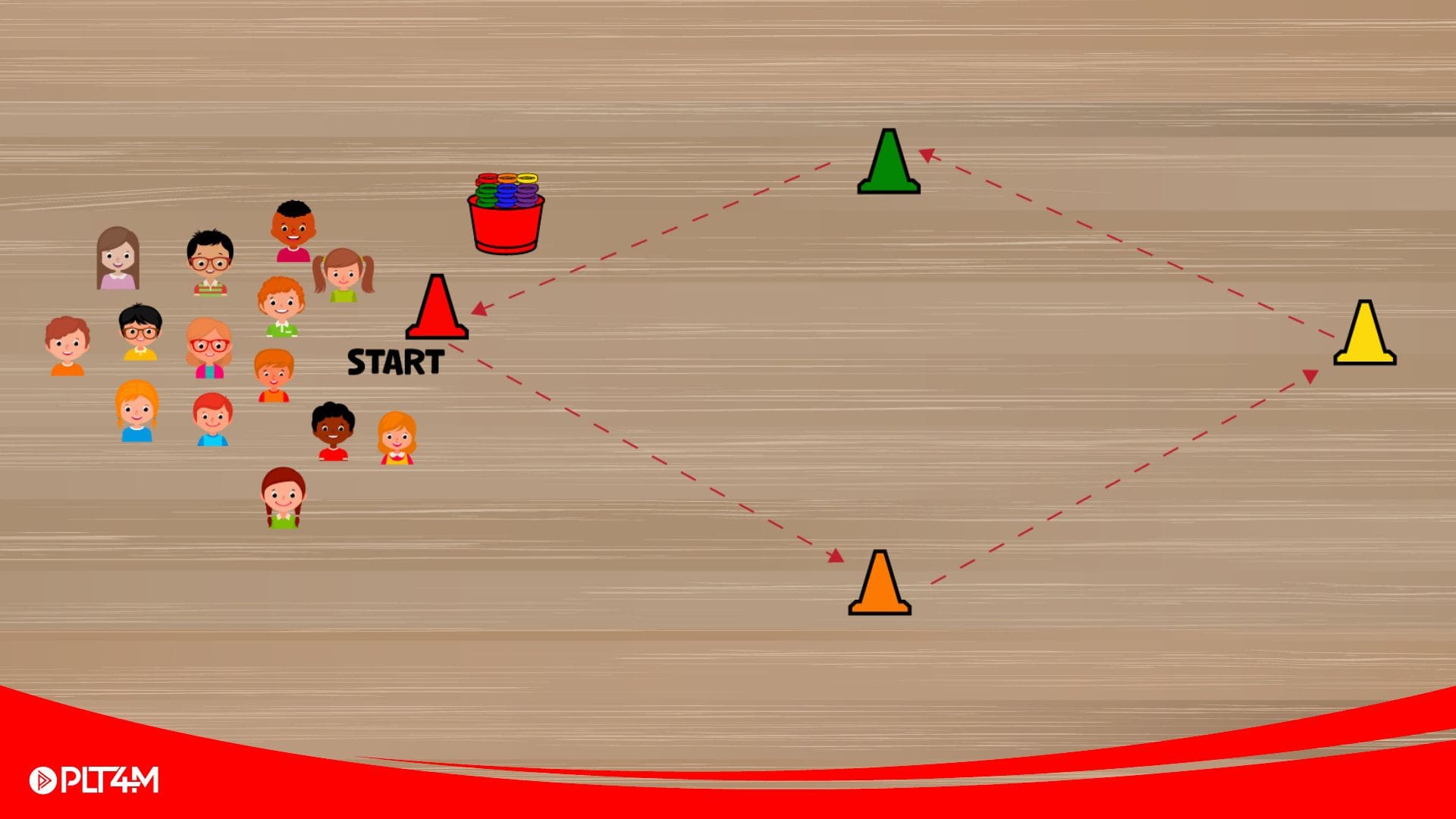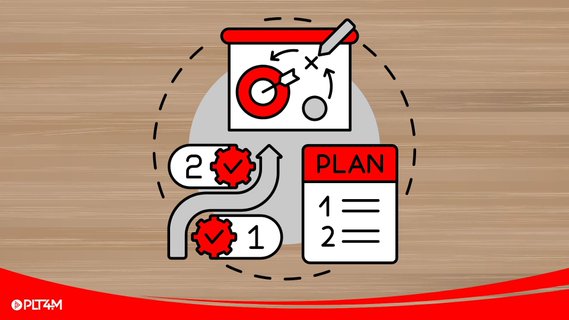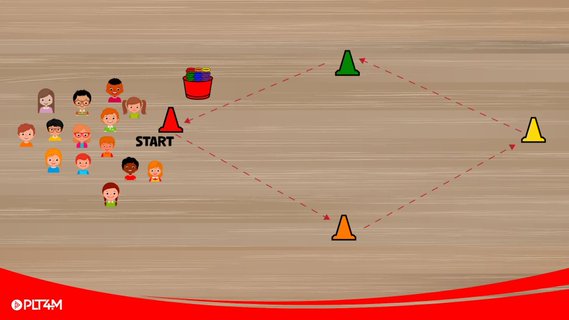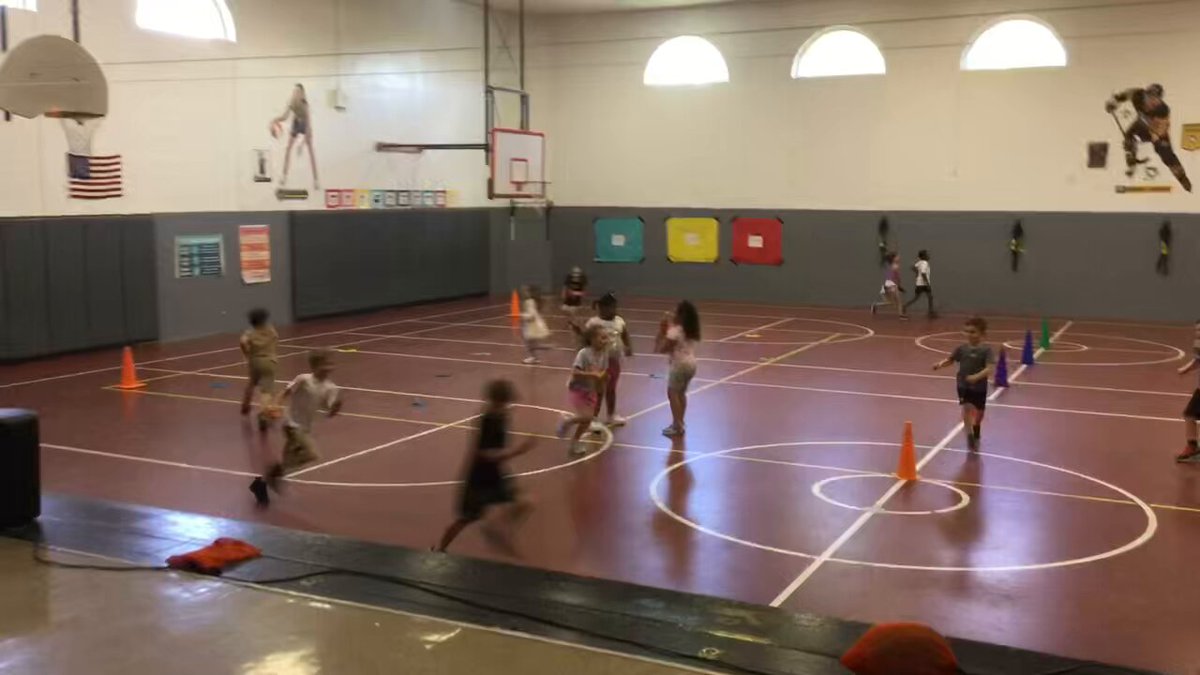Comprehensive School Physical Activity Program (CSPAP) is a multi-component approach where schools and districts create opportunities for students to be physically active 60 minutes a day. We explore the CSPAP framework and practical applications for any school setting.
What is a CSPAP Model?
The CSPAP model was developed by the Center for Disease Control (CDC), in collaboration with SHAPE America. A comprehensive school physical activity program consists of 5 key components:
Physical Education
Physical Activity During School
Physical Activity Before and After School
Staff Involvement
Family and Community Engagement
The primary goal of the CSPAP model is to support students in achieving the nationally recommended 60 minutes of physical activity a day. And in doing so, school districts can empower students with long-term knowledge, skills, and confidence to be physically active for a lifetime.
The suggested steps for creating a CSPAP model include the following:
Establish a Team
Conduct an Assessment
Create a Vision Statement, Goals, and Objectives
Identify Intended Outcomes
Identify and Plan Activities
Implement
Evaluate
Check out the CDC’s E-Learning module that breaks down the components and steps in more detail.
CSPAP Takes A Village
While we won’t break down every step of CSPAP in detail, let’s take a closer look at who should be involved in creating and executing your CSPAP model.
In an ideal world, students could participate in physical education for 60 minutes every day of the week. But we know this is only true for a small fraction of students and schools. So while physical education teachers can serve as front-line leaders in the CSPAP model, success requires other school staff involvement.
School administrators can support and promote physical activity opportunities before and after school and during the school day. For example, school administrators can encourage classroom teachers to incorporate brain breaks and movement in other subject areas beyond physical education.
In addition, school staff play a crucial role in implementing physical activity opportunities in classes, clubs, extracurriculars, and more. Physical education teachers might be seen as leaders on the team for CSPAP, but it takes a coordinated multi-component approach for success. So, while there might be key team members who will help lead the CSPAP model, it should be seen as a school-wide initiative.
Get Your Students Moving!
Schedule a 15-Minute demo to learn how PE teachers are ushering in a new age of Physical Education with Fitness and Technology!
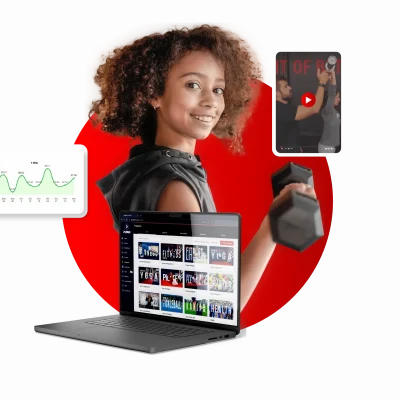
Physical Education vs Physical Activity
The goal of a Comprehensive School Physical Activity program is to get students active, but also create long-term physical activity behaviors. And the CDC highlights physical education as the foundation for long-term physical activity.
If we can teach and develop the skills and knowledge of physical activity though physical education, then we can see lasting impacts on children and adults. But, let’s make sure we know the difference between physical activity vs physical education.
Physical education and physical activity often get lumped together and are used as interchangeable terms. Many different educational directives, like the Whole School Model, put the two terms into one bucket. And while they both are crucial to the health and wellness of our children, there should be a clear delineation between physical activity vs physical education.
Shape America and other groups have worked to help make a clear distinction between physical activity vs physical education.
Physical Activity is bodily movement of any type. Per CDC guidelines, every child is recommended to participate in at least 60 minutes of physical activity daily.
Physical Education programs teach children the skills and knowledge needed to establish and sustain an active lifestyle. “A quality physical education program provides learning opportunities, appropriate instruction, meaningful and challenging content for all children.” – Shape America.
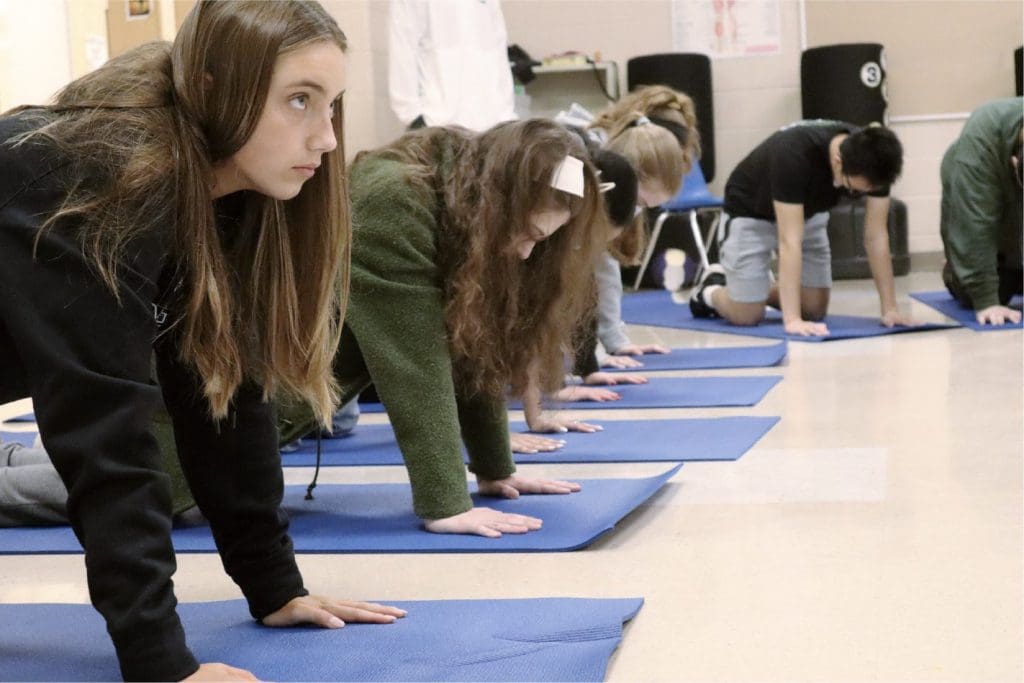
Small Steps For Bigger Success
Once your school has embraced the CSPAP framework conceptually, it is time to start taking action. And while you might be eager to get every student to 60 minutes of physical activity in just a few weeks, it might take time.
Successfully implementing a CSPAP model can be a lofty and daunting task! Again, it takes time to see change, but we should still get to work. Small steps can make a big difference. Be patient and collaborative as you set out to transform your school’s physical activity opportunities for students.
Moreover, recognize the need for sustainable practices. For example, a dedicated bike to school day might help ignite excitement in students. However, the goal is to create long-term physical activity behaviors for our students. Therefore, bike to school day might be the starting point, but there should also be a coordinated approach to encourage and enhance bike routes so students can do this throughout the year.
In addition, it is essential to support school staff with resources and helpful tools to connect the work of physical education to the classroom and before and after school activities. For many teachers, this will require time and training to feel comfortable adding different physical activities throughout the school day.
Resources and Technology To Support Your Mission
Because CSPAP requires a team, time, and attention, don’t go at it alone. There is a wide array of resources that can help school communities pursue and achieve more physical activity throughout the school day.
First, check out the E-Learning Module from the CDC to get organized and ready to set out on your CSPAP journey.
Next, throughout the process, identify what resources you can provide to physical education teachers, classroom teachers, and students to achieve quality physical activity. For example, over 1,000 schools utilize PLT4M for physical education lesson plans, classroom brain breaks, before and after-school weight training, and more.
Finally, look to other examples of school communities promoting physical activity throughout the school day. Learn from other schools’ best practices, seek professional development, and continue to evolve your approach to fit the needs of your school and students.
Check out Canton High School who is nationally recognized program for physical activity and physical education success!
Key Takeaways on CSPAP
Comprehensive School Physical Activity Programs stem from Whole School, Whole Community, Whole Child (WSCC) Model.
While these might seem like buzzwords or confusing acronyms, these models aim to create a lasting and sustainable change for students’ physical health and wellness. If we continue with the status quo and hope to see improvement, our public health issues will surely stay the same or possibly worsen.
Therefore, it is crucial to evaluate your current school-based physical activity options and then implement improvements to improve the health outcomes of students. It doesn’t mean that what your school is doing is wrong or not working, but it does allow you to take an honest look at how you can continue to evolve physical activity opportunities for students.
Want a free consultation to take your program to the next level? Contact PLT4M for professional development, curriculum, and technology that can support your CSPAP initiative.
Ready to WOW your Admins?
Schedule a 15-Minute demo to learn how PE teachers are ushering in a new age of Physical Education with Fitness and Technology!




